Human: Fall Flat (Nintendo Switch) Review
By Athanasios  06.01.2018
06.01.2018
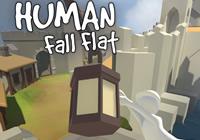
It's weird how a lot of people find amusement in purposely "problematic" mechanics, with probably the most famous examples being Surgeon Simulator and, the favourite of yours truly, Octodad: Dadliest Catch. Due to its wonky protagonist, many might think that Human: Fall Flat is a novelty game such as those, but no; this is a physics puzzler first and foremost, therefore, the controls should definitely be better… amongst other things.
While undoubtedly not a real flaw, those who will want to know the "story" behind this strange marshmallow ragdoll man who wanders on the barren dreamlands of this title, should better take a look at a trailer or two, as there's no story in-game. Again, not a big issue, but it's something that could definitely breath some character into it all as, in all honesty, this has none. Take the clean, minimalist style of the maps, which starts off as surreal, but ends up feeling like pre-alpha level design - and why is there no music?
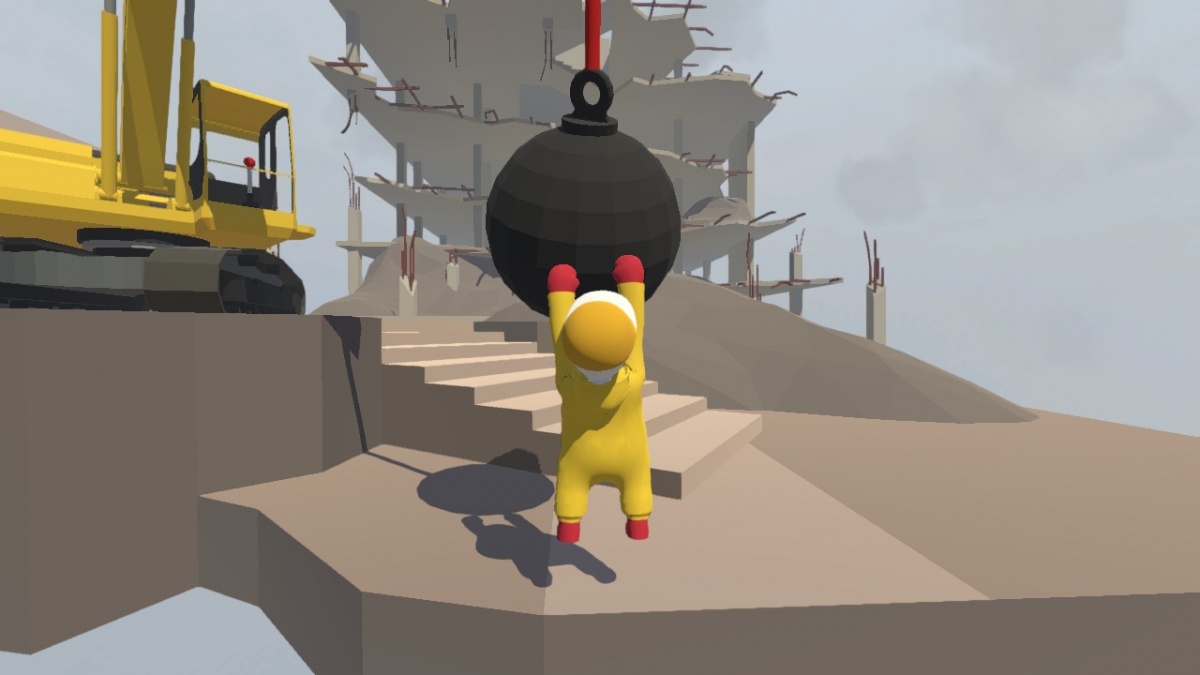
If the lack of character was the only problem, though, this would be given a nice big break. Unfortunately, the part where it fails the most is the action section. A physics-based puzzler at heart, Human: Fall Flat has you doing all sort of stuff to reach the exit of each stage. There are levers to pull, crates to push on top of buttons, walls to destroy or climb, ropes to swing from, machinery to operate, and much, much more. Fun? Hardly…
The initial, and probably the biggest, flaw at hand is the controls. The hero moves like drunken toddler and, sadly, manipulates his environment as such. The reason is nothing more than the way he uses his tools of the trade: his hands. Each arm is controlled individually, à la Octodad, and by doing so you can push buttons, grab, carry, or push objects, and even climb… which, by the way, is the perfect example of why the controls are so terrible.
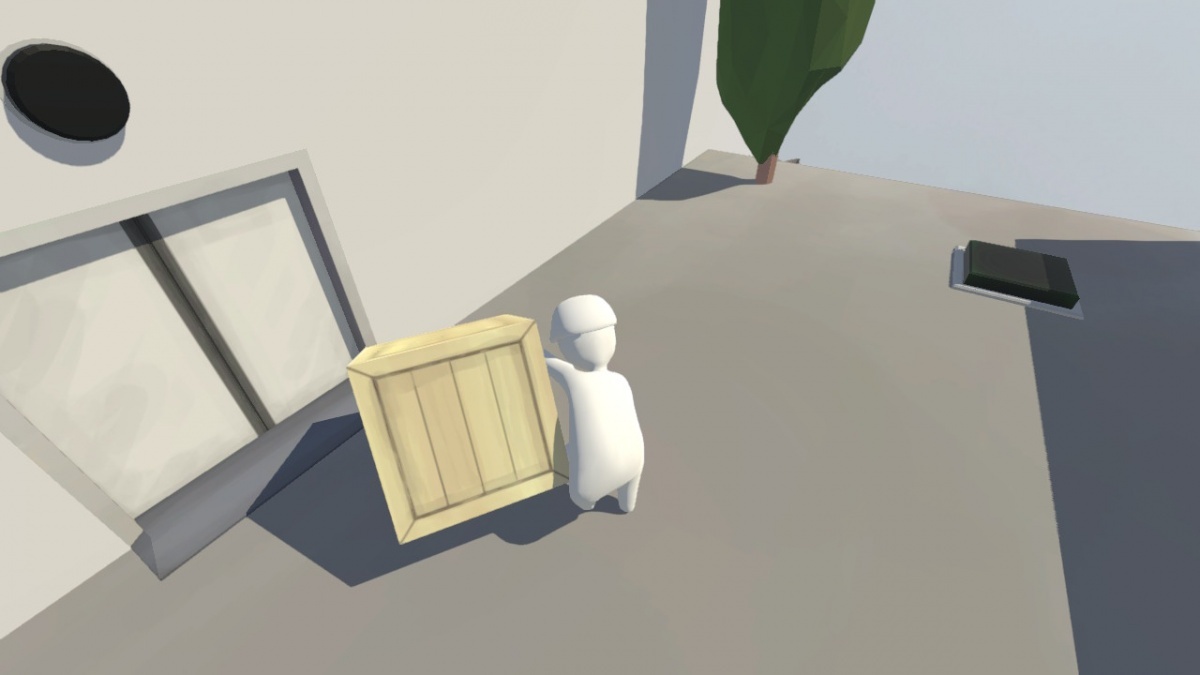
In order to climb, the protagonist raises both of his hands, then looks as high as possible to raise them even more, then approaches the part he wants to climb on to, his hands "stick" to the surface, and, finally, he looks as low as possible to finally do the deed. This hand/camera co-ordination is hard to get used to, feels unnatural, and, most importantly, is a slow process. Furthermore, this is the "good" scenario, where everything works as intended, as the hands didn't stick to the wrong surface.
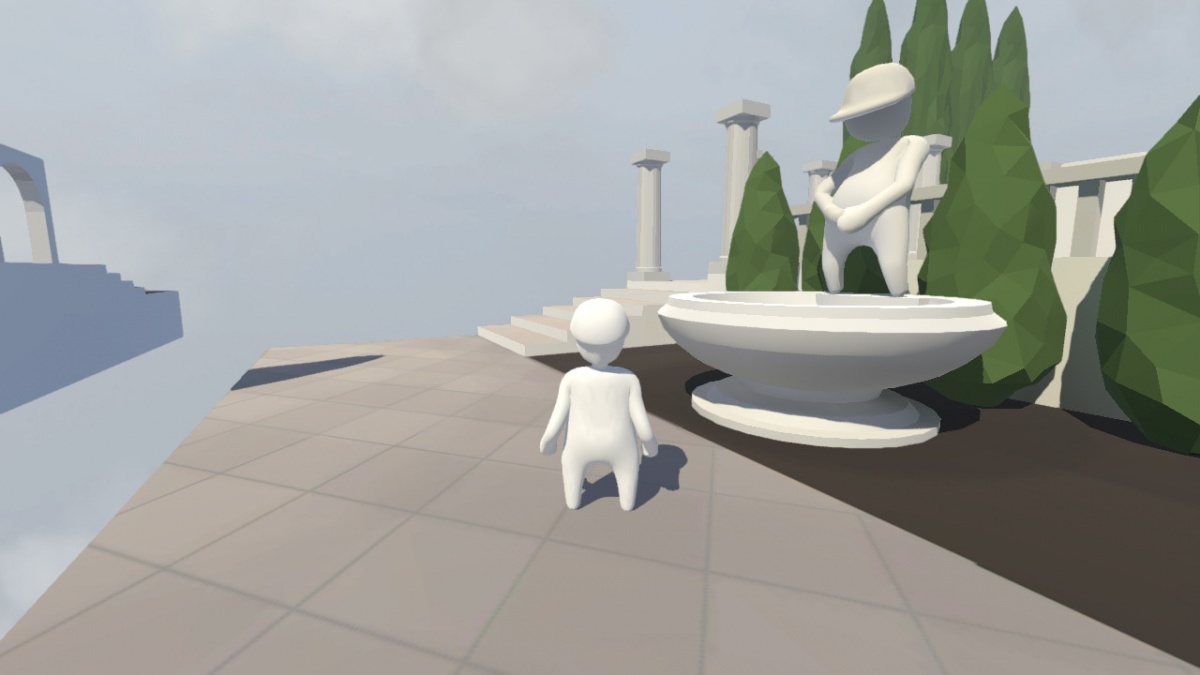
For the sake of the argument, imagine the controls are mighty fine, excellent, and beyond comparison. The problem now is how unsatisfying the puzzles themselves are, especially when it comes to the challenge factor, as the only thing that makes Human: Fall Flat even remotely difficult is the previously mentioned controls and nothing more, as the solution is usually pretty obvious. In other words, it all feels like a chore, not an exciting brain exercise.
The last problem is the low replay value of this product. For starters, it is pretty barebones, with no alternative modes, no level editor, and, generally, nothing that will give anyone the incentive to keep on playing. It's possible to have a few hours of fun by co-operating with a second player, which definitely increases the enjoyment this provides - just note that you will need two whole gamepads, as using the Joy-Con is not an option.
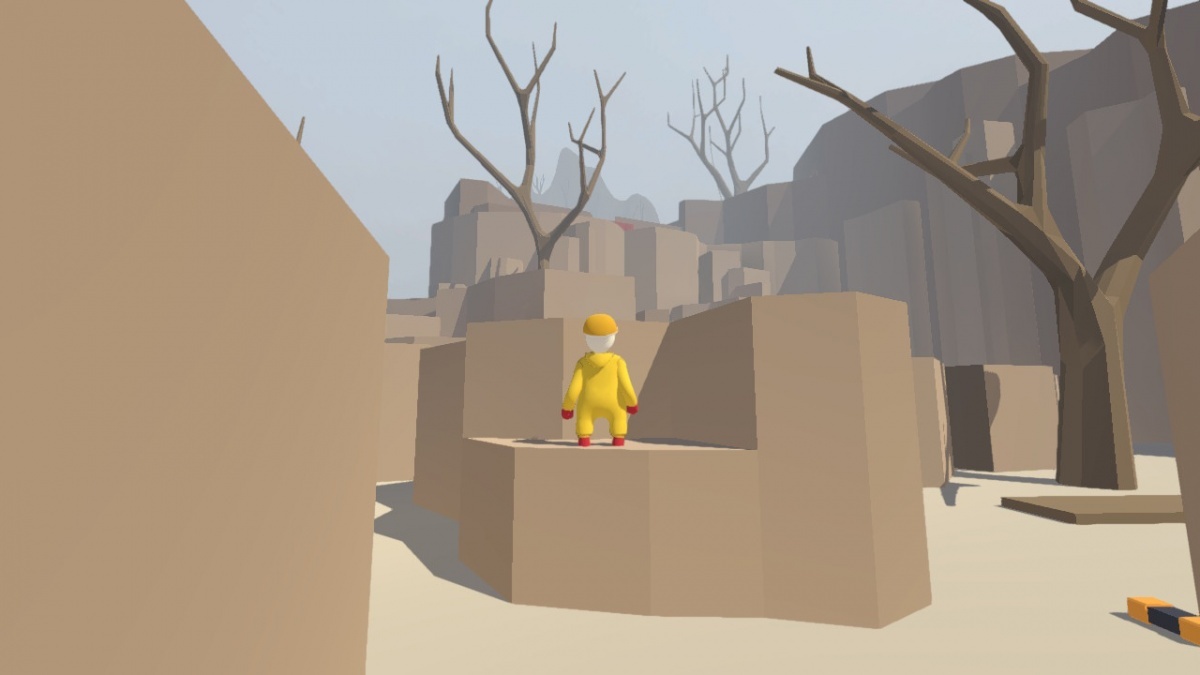
Cubed3 Rating
Bad
Human: Fall Flat on Nintendo Switch is neither good if labelled as a purposely "bad" game, nor as a physics puzzler. Why? It is purely because the controls make things more aggravating than hilarious, and, secondly, due to how uninspiring the puzzles themselves are. That's why.
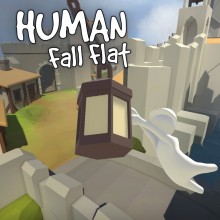
![]() 3/10
3/10
![]() 0
(0 Votes)
0
(0 Votes)
 Out now
Out now  Out now
Out now  Out now
Out now  Out now
Out now Comments
Comments are currently disabled

 Sign In
Sign In Game Details
Game Details Subscribe to this topic
Subscribe to this topic Features
Features





 Top
Top

